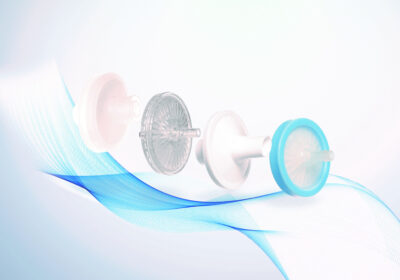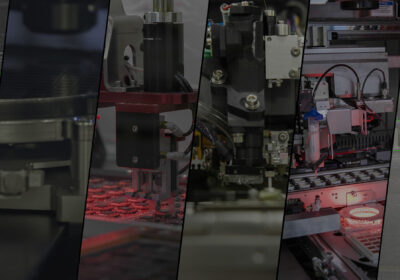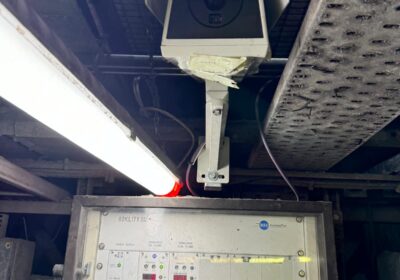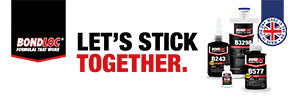~ How smart cable design choices boost performance in harsh conditions ~
When engineering for the extremes, there’s little room for failure. Engineers must focus on even the smallest of details to create reliable solutions, including their cable systems. Wire is responsible for interconnectivity in some of Earth’s most testing environments. Designing them requires an array of knowledge focused on material science, environmental stressors and application specific risks. In this article, Jeff Wood, sales director at Mil-Spec cable specialist WireMasters, explains some of the characteristics seen in cabling solutions for hostile environments and the role of a distributor when it comes to finding the right fit.
Expectations are far from mundane when we’re talking about hostile conditions. The vibration, temperature ranges and electromagnetic interference (EMI) experienced on an offshore oil rig, for example, contrasts heavily to those in a data centre and such stresses demand robust, intelligently engineered cable systems to maintain signal integrity.
But what do hostile environments look like in practice? Well, they’re as diverse as they are extreme. In aerospace applications, like a fighter jet cockpit, cable systems are subject to high G forces, aggressive turns and extremely high tension. Failure during these high-speed manoeuvres could compromise the jet’s control systems mid-flight.
Back on the ground, military vehicles present different challenges. Being subject to heat, mud, dust, rocks and heavy vibration means that they require ruggedised cables with both mechanical durability and environmental sealing that must also meet Mil-Spec standards like MIL-DTL-27500. Appropriate material selection in jacketing for abrasion resistance or hermetical sealing to prevent FOD or humidity from entering and interfering with the cable system is essential to avoid corroded components and signal failure.
Design meets demand
Cable design for hostile conditions can be a challenging conundrum. The primary concern is maintaining signal integrity, despite the presence of severe EMI, relentless physical stress, vibration and extreme temperatures. Such cable systems must be engineered to both perform and survive.
Shielding is the best defence against EMI. In aerospace and defence cable systems, signal corruption can lead to mission failure, and shielding must be intelligently constructed to comply with standards like MIL-STD-461 which governs equipment’s EMI emissions and degradation susceptibility.
The right choice in shielding material depends on various factors. Taking frequency as an example, aluminium foil shielding offers a lightweight option that’s suitable for high frequency cables and braided copper or mu-metals offers robust shielding at both lower and higher frequencies along with mechanical durability. Multi-layered shielding, which combines both foil and braid, offers additional protection in more electronically noisy environments, it also counters EMI threats in systems packed with high-power electronics and sensitive monitoring sensors.
There’s also the matter of mechanical durability and thermal stability to consider. Here, high strand count copper alloys are suitable for conductors to increase flex life and resistance to vibration for enhanced durability. When dealing with heat, fluoropolymer jacketing like Polytetrafluoroethylene (PTFE) is often used for flame resistance and is commonly found in cables built to MIL-DTL-27500 specifications.
Fluoropolymers are also to go-to-choice for chemical resistance, with the ability to withstand many industrial solvents and fuels like hydraulic fluids or diesel. Each fluoropolymer from PTFE to fluorinated ethylene propylene (FEP) offer their own resistance to different substances, which are widely used in aerospace and defence industries. When designing cables, engineers should establish which chemicals may be present and choose a fluoropolymer that is unaffected by these substances.
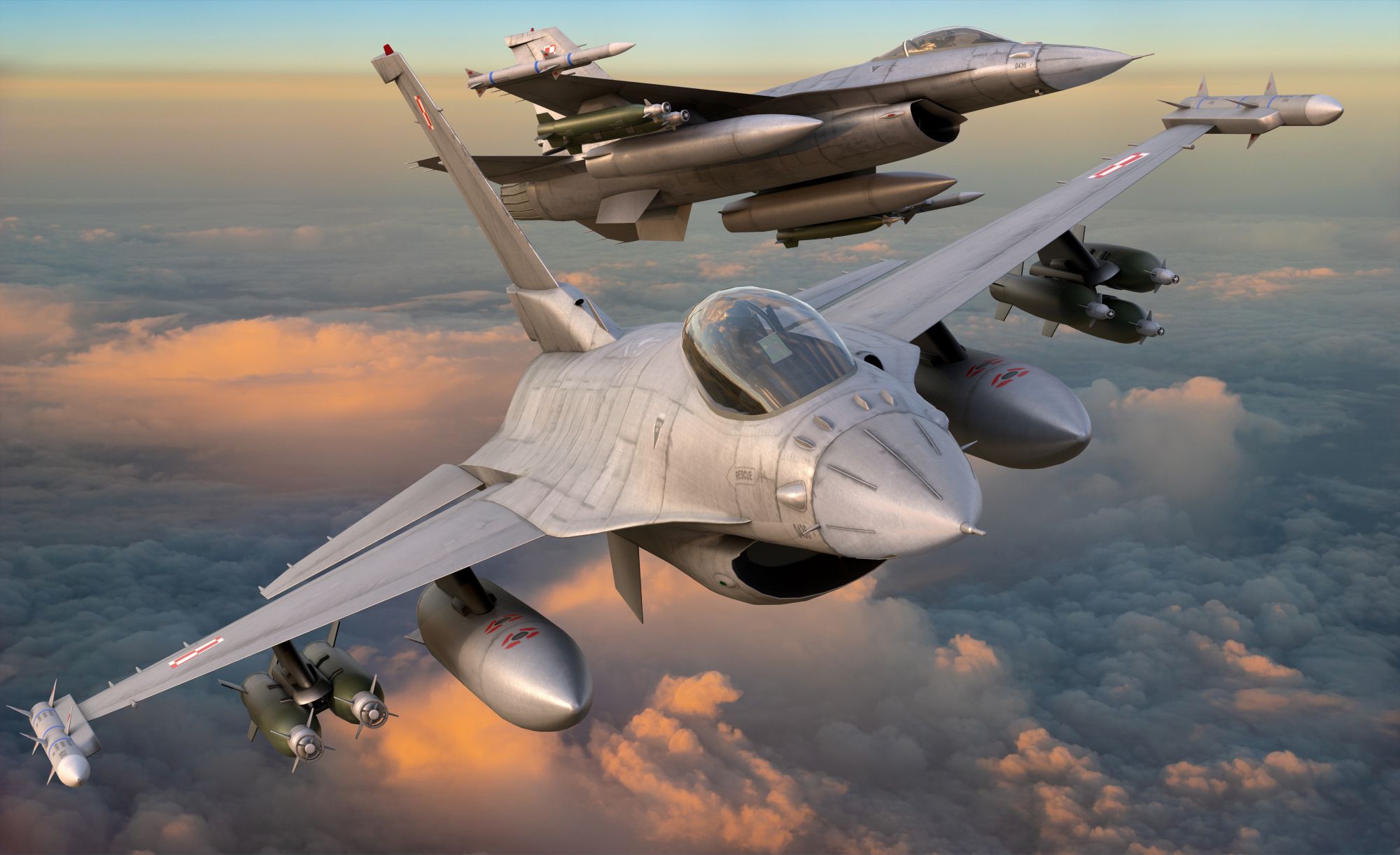
Advancing materials
Recent material innovations aim to make cable systems lighter without compromising on their capabilities.
One such development includes composite jackets, which blend materials like Teflon and Kapton into one unified structure. These jackets provide superior thermal resistance while reducing weight and improving durability in environments exposed to radiation, abrasion and heat. Similarly, nano-coated shielding materials are enabling more effective EMI protection without the bulk of traditional metal materials like copper in shields. As a result, they also reduce overall cable weight while preserving high EMI protection.
Emerging technologies like conductive polymers also pose as a promising avenue for reducing cable weight. Such materials, like Polyaniline (PANI), are organic polymers with conductive properties, and are known for their low density and flexibility making them suitable for applications like vehicle cable systems. Studies have shown that replacing metallic components with conductive polymers can reduce cable weight by up to 20 per cent. In an automotive cable, this contributes to reducing fossil fuel consumption which not only reduces operational costs but also encourages long-term sustainability benefits.
From Design to Delivery
The value of a trusted distributor expands far beyond supplying the parts. In these high-stake environments, distributors bridge the gap between manufacturers, engineers and the customer, ensuring that cable systems meet both design specs and environmental requirements.
At the core of this process is technical liaison. Take specifications like Mil-Spec, distributors help to interpret application context, review the technical standards like MIL-DTL-27500 or MIL-STD-461 and establish the suitable materials and construction. This early engagement with the procurement process ensures that early supply chain issues are avoided with performance, spec compliance and sourcing considerations also addressed.
Distributors also add value through multiple sourcing strategies to mitigate delays and ensure supply chain continuity. Examples offered by WireMasters include custom harness assemblies or labelling and logistical planning that includes same-day delivery, which can be critical in aerospace applications where shipping delays may result in unscheduled downtime. They can also assist in vetting manufacturers for compliance documentation like IPC/WHMA-A-620 which and ensure long-term traceability of such documentation.
In hostile environments, cable systems are not just components, they’re essential infrastructure. Getting them right means more than just picking parts, it requires early design input, smart material selection and technical collaboration. With a multitude of material options and construction options available, navigating this market correctly is also crucial. By working with a trusted distributor from the beginning, businesses can ensure the highest level of performance and reliability, even in such demanding conditions.
For more information on Mil-Spec cable solutions and other services available contact WireMasters at www.wiremasters.com/contact-us




